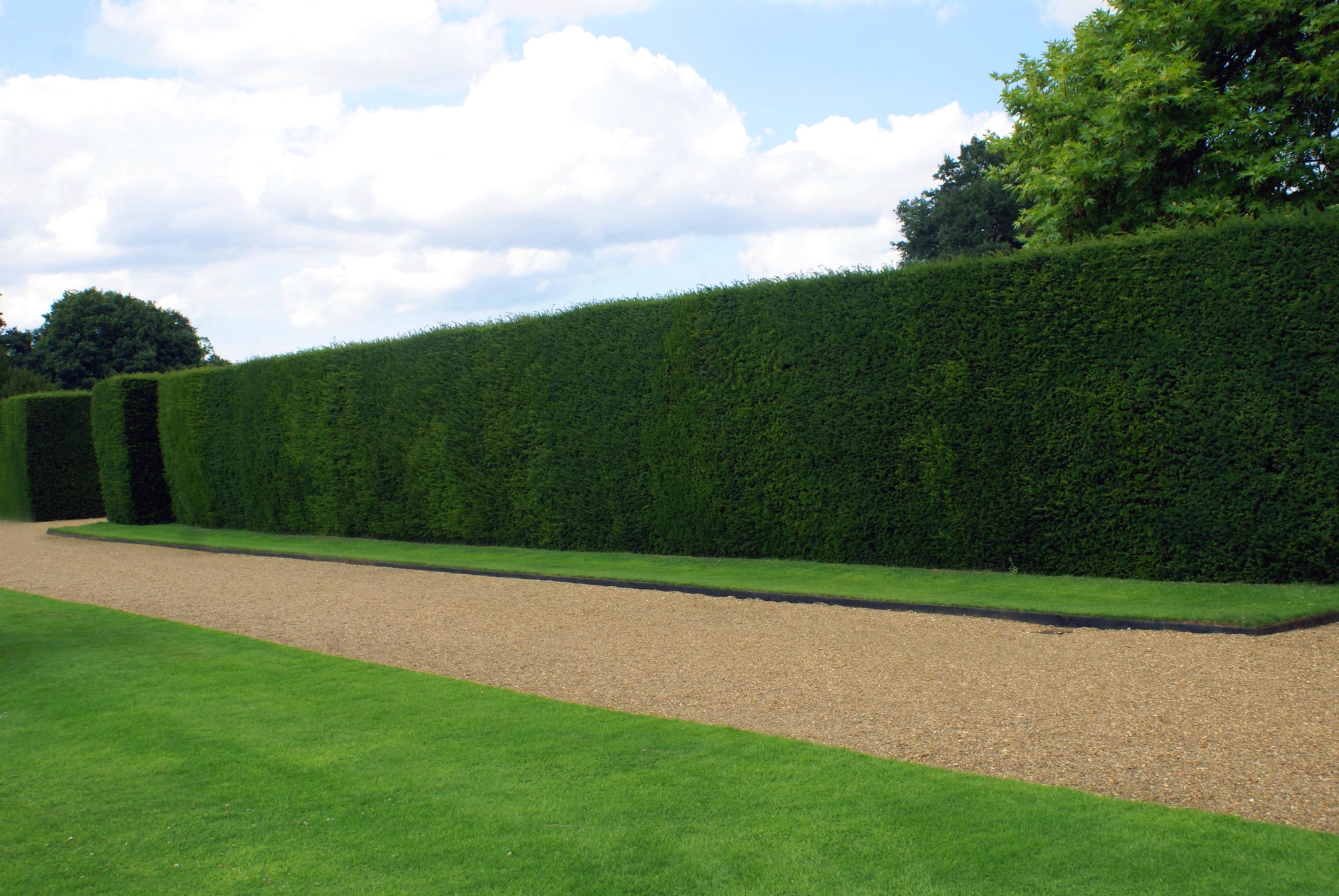Taxus baccata / Yew Hedging
€5.50 – €115.00Price range: €5.50 through €115.00
SKU: TAXS9232
Categories: All Hedging, All Shrubs, All Trees & Plants, Evergreen Hedging, Evergreen Shrubs, Mature Hedging, Mature Shrubs
Tags: Bare-Root hedge, Conifer, evergreen hedge, formal hedge, mature hedging, native hedge, rootballed hedge, slow growing, taxus baccata, Taxus hedge, Yew hedge
Frequently Bought Together
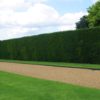
+
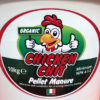
+

+
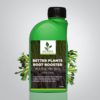
Total: €50.50
Description
Quick Facts
- Common Name: English Yew, Common Yew
- Botanical Name: Taxus baccata
- Plant Type: Evergreen conifer (hedging)
- Mature Height: 1.5-6m (as maintained hedge)
- Mature Spread: 0.6-2m (depending on hedge width)
- Flowering Period: March to April (inconspicuous)
- Flower Colour: Insignificant yellow male cones, green female flowers
- Foliage: Dark green needle-like leaves, dense year-round coverage; red berries on female plants
- Hardiness: RHS H7 (very hardy)
- Soil Requirements: Well-drained, tolerates most soil types
- Aspect: Full sun to full shade
- Maintenance: Moderate to high (requires regular clipping)
Description
Experience the timeless beauty of Taxus baccata hedging, the supreme English Yew that brings exceptional formal elegance, year-round structure, and centuries-old heritage to gardens with its dense dark green foliage and unmatched versatility. This outstanding evergreen conifer offers remarkable qualities—dense dark green needle-like foliage creating impenetrable year-round screening and privacy with luxurious texture, exceptional tolerance of hard pruning and clipping allowing creation of formal hedges, topiary, and architectural shapes with crisp edges that remain sharp and elegant, remarkable adaptability thriving in full sun to deep shade and tolerating a wider range of conditions than almost any other hedging plant, and extraordinary longevity living for centuries and improving with age making this a hedge for generations, making this the finest and most prestigious choice for creating formal hedges, boundaries, garden rooms, and timeless architectural presence in gardens.
Throughout the year, this captivating hedge displays its characteristic dark green needle-like leaves measuring 2-3cm long arranged spirally on the stems creating dense coverage and rich texture. The needles are soft to touch (unlike prickly conifers) with a slightly glossy upper surface and paler undersides. The foliage is held on reddish-brown stems that create sturdy structure. The overall effect is sophisticated, formal, and elegant. The dense growth habit creates completely opaque screening—yew hedges provide exceptional privacy and wind protection. In spring (March-April), mature plants produce inconspicuous flowers—male plants have tiny yellow cones that release pollen, while female plants have small green flowers. Female plants (if not heavily clipped) produce the yew’s distinctive bright red berry-like fruits (arils) measuring 8-10mm diameter in autumn—these fleshy red cups surround a single poisonous seed creating jewel-like displays. IMPORTANT: All parts of yew except the red aril flesh are highly poisonous to humans and animals—the foliage, seeds, and bark contain toxic alkaloids. The year-round dark green foliage provides constant elegant backdrop and structure. Yew hedges can be maintained at any height from 1.5m to 6m+ and any width from 60cm to 2m+, clipped into formal shapes with crisp architectural edges.
Native to Britain, Ireland, and much of Europe, Taxus baccata has been cultivated for millennia and is deeply embedded in our cultural heritage. Ancient yews in churchyards can be over 1,000 years old. The genus name Taxus is the ancient Latin name, while ‘baccata’ means ‘bearing berries’. Yew has been the supreme hedging plant in formal gardens for centuries—the great gardens of Britain and Europe feature yew hedges as structural backbones. Exceptionally hardy and extraordinarily long-lived (often 500+ years for hedges, with individual trees living over 2,000 years), yew thrives in temperate climates, tolerating cold winters, deep shade, chalky soils, and exposure. Slow to moderate growth rate (15-30cm per year), establishing within 5-10 years and improving with age—this is a hedge that becomes more magnificent over decades and centuries. The dense growth and tolerance of hard pruning make this unmatched for formal hedging and topiary. More expensive initially than faster-growing hedging but the longevity, elegance, and low replacement costs make this excellent long-term value.
Create stunning compositions by planting as spectacular formal hedges creating boundaries, garden rooms, or backdrops where the dark green elegance, dense screening, and crisp architectural lines provide year-round structure and sophistication. Exceptional for creating traditional formal gardens, parterre gardens, or historic garden styles where yew’s heritage and elegance are essential. Works beautifully as tall hedges (2-3m+) for privacy and wind protection, medium hedges (1.5-2m) for garden divisions, or low hedges (60cm-1m) for edging and parterres. Magnificent clipped into topiary shapes, archways, or architectural features where the dense growth and tolerance of hard pruning create crisp forms. Perfect for shaded areas where few other hedging plants thrive—yew is unmatched for deep shade hedging. Ideal for creating timeless elegance, formal structure, and heritage gardens. IMPORTANT: Not suitable for properties with grazing animals or where children might eat foliage—all parts except red aril flesh are highly poisonous.
Caragh Garden Notebook
Planting: Space hedging plants 45-60cm apart (3 plants per metre) for single-row hedges, or 60cm apart in staggered double rows for faster establishment and denser hedges. Plant bare-root plants from November to March (ideal and most economical), or container-grown specimens year-round. Dig a trench 60cm wide and incorporate organic matter. Plant at the same depth as the nursery soil mark. Water thoroughly and mulch. Choose positions in full sun to full shade—yew is uniquely adaptable to light conditions. Ideal for formal gardens, boundaries, and shaded areas where other hedging fails.
Soil Preparation: Thrives in well-drained soil with pH 5.5-8.0. Tolerates an exceptionally wide range of soil types including clay, loam, sand, chalk, and acidic to alkaline conditions. The main requirement is good drainage—dislikes waterlogged conditions. Tolerates dry shade, chalky soils, and poor soils better than most hedging plants. Best growth occurs in well-drained, reasonably fertile soil enriched with organic matter, though yew is remarkably unfussy and adaptable.
Container Growing: Not suitable for hedging purposes in containers. Individual yew specimens can be grown in very large containers for topiary or architectural features, but hedging requires in-ground planting for proper root establishment, stability, and long-term health.
Seasonal Care: CRITICAL: Regular clipping is essential to maintain dense formal hedges—clip established hedges once or twice per year. First clip in late summer (August) is essential for maintaining shape and density. Second optional clip in early spring (March-April) tidies winter growth. Use sharp hedge shears or trimmers. Clip to create slightly tapered sides (wider at base, narrower at top) to ensure light reaches lower branches preventing bare patches. Yew tolerates hard pruning—old overgrown hedges can be cut back hard into old wood and will regenerate (unlike most conifers). For new hedges, trim lightly in the first 2-3 years to encourage dense bushy growth, then begin formal shaping. Apply slow-release balanced fertiliser in early spring to support vigorous growth. Mulch annually with organic matter. Water during dry spells in the first 3-5 years until established. Generally pest and disease resistant, though can occasionally be affected by vine weevil (adults notch leaves, larvae eat roots) or Phytophthora root rot in waterlogged conditions. Very robust and long-lived with proper care. IMPORTANT: Wear gloves when handling clippings and dispose of carefully—all parts are poisonous. Keep clippings away from livestock and compost heaps accessible to animals.
Propagation: Can be propagated from semi-hardwood cuttings in late summer to autumn with rooting hormone—success rate is moderate but slow (6-12 months to root). Take cuttings 10-15cm long from current season’s growth, remove lower foliage, dip in rooting hormone, and insert in pots of gritty compost. Keep cool and shaded. Rooting is slow. Can also be grown from seed collected from ripe berries in autumn, though germination is erratic and seedlings take many years to reach hedging size. Home gardeners seeking hedging should purchase nursery-grown bare-root or container plants for reliable establishment and reasonable timeframes.
This magnificent beauty is absolutely supreme—the finest hedging plant for formal gardens and timeless elegance! That dense dark green needle-like foliage creates impenetrable year-round screening with such luxurious texture. Exceptional tolerance of hard pruning allows crisp architectural edges and formal shapes, remarkable adaptability thriving in sun OR deep shade—unmatched for shaded hedging! Extraordinarily long-lived—centuries!—improving with age and becoming more magnificent over time. Slow to moderate growth but worth the patience for that unmatched elegance and longevity. Remember regular clipping once or twice per year maintains density and shape. IMPORTANT: all parts except red berries are highly poisonous—not suitable where animals graze or children might eat foliage. Perfect for formal hedges, garden rooms, boundaries, and creating that timeless heritage garden elegance. Pure sophistication and centuries-old prestige!
Related products
-
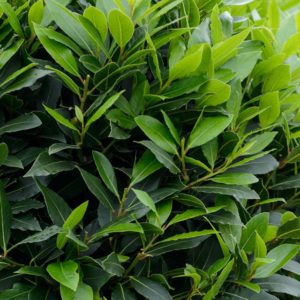
Laurus nobilis / Bay Laurel
€18.00 – €320.00Price range: €18.00 through €320.00 Select options This product has multiple variants. The options may be chosen on the product page -
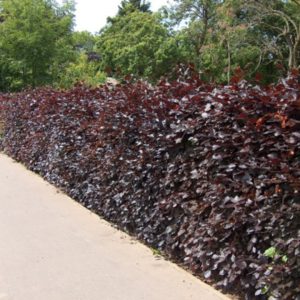
Fagus syl. Atropurpurea / Copper or Purple Beech hedge
€5.40 – €350.00Price range: €5.40 through €350.00 Select options This product has multiple variants. The options may be chosen on the product page -
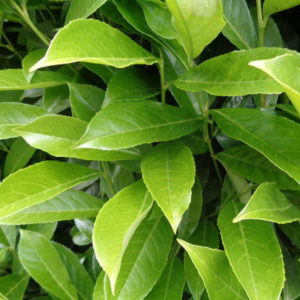
Prunus laurocerasus ‘Genolia’ – Clipped Columns / Specimen Hedging
€300.00 – €450.00Price range: €300.00 through €450.00 Select options This product has multiple variants. The options may be chosen on the product page -
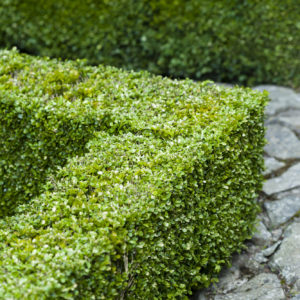
Buxus sempervirens / Box Hedging
€6.50 – €90.00Price range: €6.50 through €90.00 Select options This product has multiple variants. The options may be chosen on the product page

